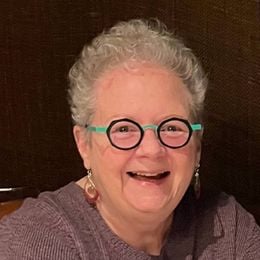The Alexander Technique: A Mind-Body Practice for All of Us
Musicians and actors have long embraced this route to ease of movement
Ruth Rootberg, 69, once called it her "personal antidote to middle age." Gordon Riggs, 65, says it has "seeped into my daily consciousness," something that surprises him. Riggs' wife Susan, 65, reports that finding it was "gold."
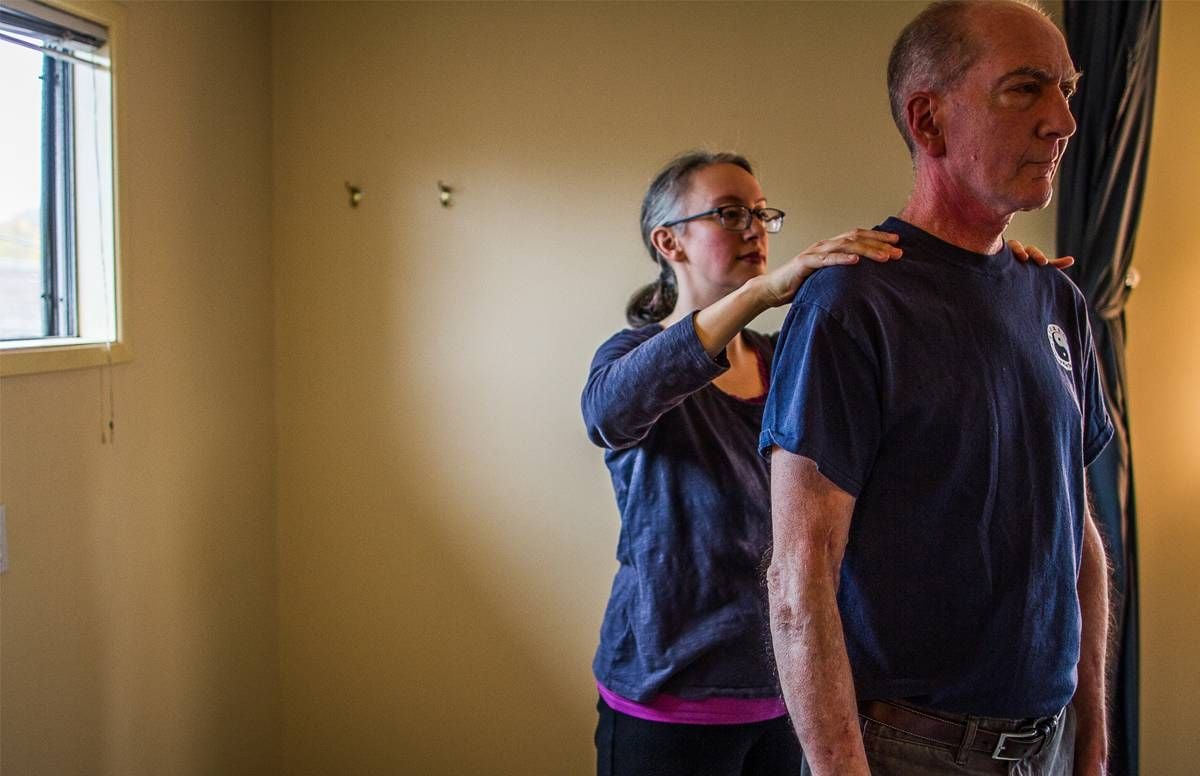
They're referring to the Alexander Technique, a century-old, mind-body practice supported by scientific research that addresses the functioning of the nervous, muscular and skeletal systems to determine how best to alleviate tension. That, proponents say, leads to ease of movement and can alleviate pain.
"Now there is an ease of being in my body, and my mobility and range of motion have increased."
"If you think about our physical structures, we see postural strategies, movement strategies and balance strategies. And the Alexander Technique offers people a way to discover their current strategies and how to change them for the better," said Rootberg, a certified Alexander Technique teacher and author based in Amherst, Mass. "People who learn the technique move better, feel better and have more lightness and ease, mentally and physically."
Those benefits are available to people of all ages, Rootberg added.
"So many are asking at this time how to deal with all the unknowns, how to cope with the stress and the problems we had no idea we'd have to deal with," she noted. "How we live day by day, moment to moment, matters — and the Alexander Technique has something to offer."

Why An Actor Developed the Alexander Technique
Frederick Matthias Alexander (1869-1955), a Shakespearean actor from Tasmania, developed the technique named after him. Seeking relief from chronic hoarseness and asthma, he experimented with altering his posture to release physical tension he was holding unconsciously. He was successful, and Alexander taught his technique in England and America, working with Aldous Huxley, George Bernard Shaw, John Dewey and other notable individuals.
Today, the American Society for the Alexander Technique (AmSAT) reports about 3,000 teachers worldwide; more than 100 universities, academies and conservatories in the United States also offer the classes. Teachers set prices, based on the length of sessions and the seniority of the teacher. Some offer a sliding scale fee or discounts for older adults and students who book multiple lessons. You can find a certified teacher at the AmSAT site. Health insurance rarely covers the cost, however.
Exercises, stretches and strength training are not part of the Alexander Technique. Instead, teachers hear students' concerns, make personal evaluations and then recommend modifications. Some teachers use massage tables. Others provide chairs or a mat on the floor.
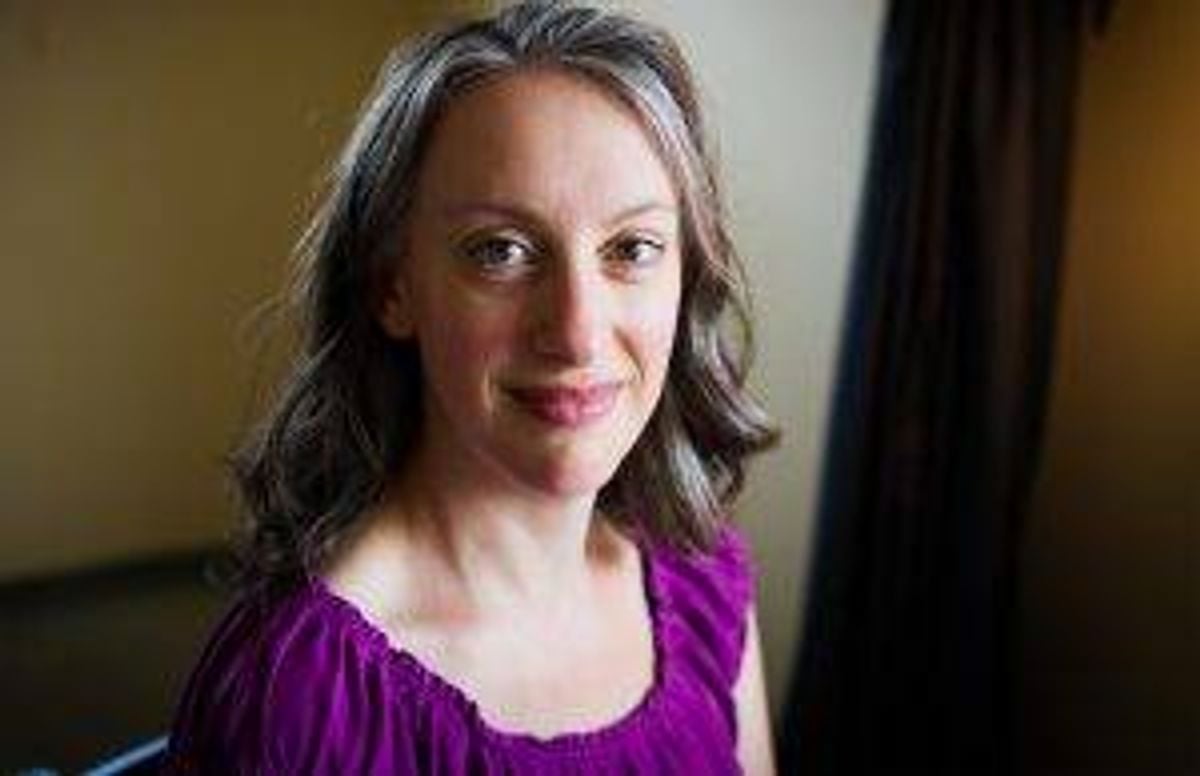
Out of necessity, some teachers are now giving lessons on video platforms. "The principles are the same, but the methodology is different," said Eve Bernfeld, 43, a certified teacher based in Portland, Ore.
In a sample online lesson, Bernfeld observed me standing. First, she asked me to engage my core, pull back my shoulders, lift my chest and elevate my head — a posture few us can sustain. After I shook that off, Bernfeld suggested I elongate my spine, release tension in my neck and generally "lighten up." What a difference!
"Being upright shouldn't be as hard as most people make it," Bernfeld said. "When we're standing up like drill sergeants, eventually we collapse, blaming either a failure of will or of strength. We can stand tall and soft, instead of rigid."
Stress Reduction, Pain Relief and Better Mobility
Bernfeld also emphasized the benefit of pausing in between whatever we're doing now and plan to do next, taking time to release any tension we might be holding. Stopping to pause throughout the day, even lying down for a few minutes, to reflect on the present moment, she said, helps her students deal better with stress.
Gordon Riggs, of Portland, Ore., credits Alexander Technique lessons with relieving chronic skeletal and muscular issues. After a leukemia diagnosis 12 years ago, Riggs underwent a stem cell transplant. "I'm still not back to normal," he said. "I don't bend or stretch easily and my neck hurts, and that prevents me from riding a bike. Even doing dishes exacerbates the muscles."
"Muscling through pain or discomfort doesn't work anymore. Now they need a more efficient way of living and moving and standing."
After a year and a half of lessons, Riggs says he has learned to observe how he uses his body and how to change unconscious behaviors that can cause discomfort.
"I would have said I don't really think about the Alexander Technique as I move around the house — but actually I do think about it, and it's now incorporated into my daily life. I hadn't expected that."
When Riggs' wife, piano teacher Susan Riggs, started taking lessons four years ago, she already was trained in and licensed to teach Body Mapping, a somatic education system developed by former Alexander Technique teachers to help injured musicians. The benefits have extended beyond her piano bench.
"The classes have given me so many more 'ahas' about something I'd studied for two decades," Riggs said. "The hands-on experience with Eve has allowed me to reduce tension and find balance I hadn't previously found, affecting how I sit and how I walk. Now there is an ease of being in my body and my mobility and range of motion have increased."
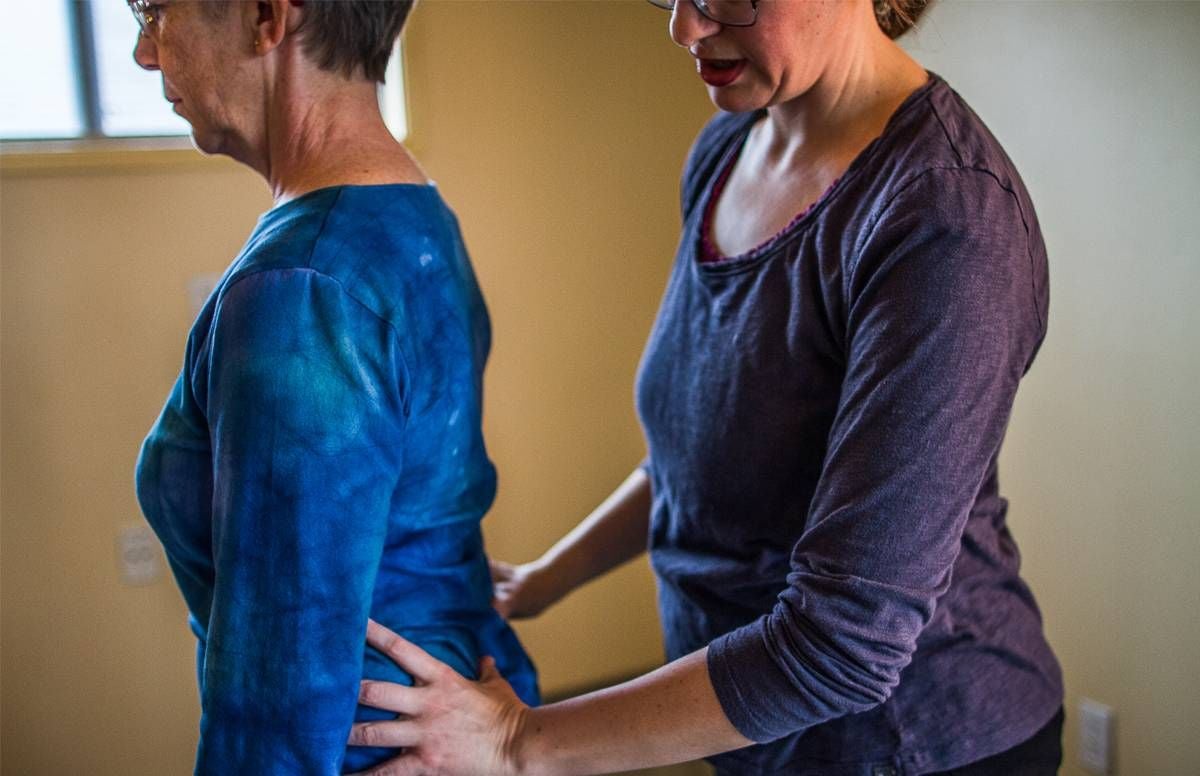
Some Report Relief From Parkinson’s Disease
Most of Bernfeld's students are 60 or older. "They tend to be my best students, because muscling through pain or discomfort doesn't work anymore. Now they need a more efficient way of living and moving and standing," Bernfeld said.
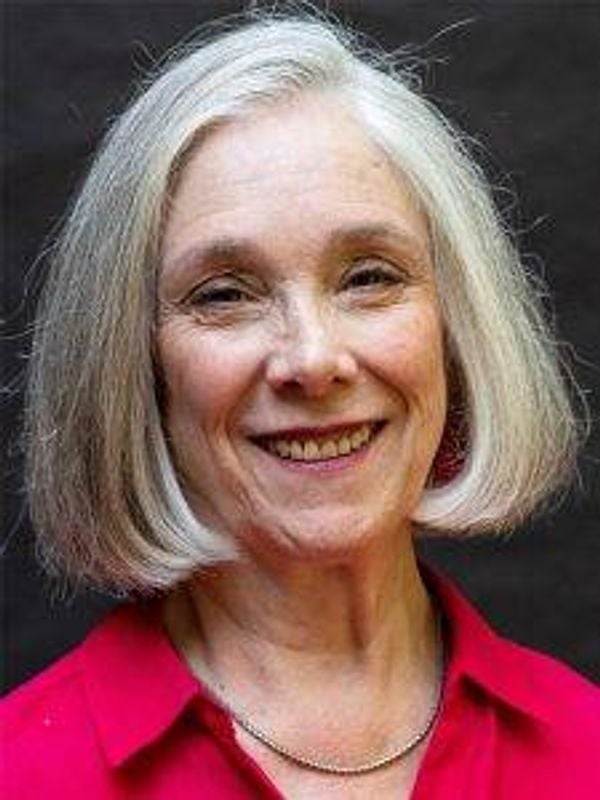
Rootberg said she also has worked with individuals with Parkinson's disease. "If we learn to rethink how we send ourselves messages and find a way to minimize our mental reactions — free the neck, hold the head up and not lock the hips, knees or ankles — we'll have a different sensory experience."
Parkinson's is debilitating, Rootberg added, and the Alexander Technique won't cure it. "But a friend and colleague who teaches it has resolved some of the symptoms since he was diagnosed with the disease," Rootberg said. "A lot has to do with his attitude. He does not react in the same way others do. Some might get agitated, which diverts them from getting out of a freeze or tremoring. But all that activity clutters our thinking."
